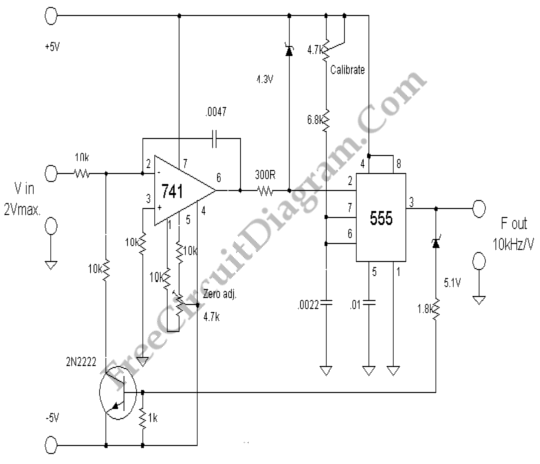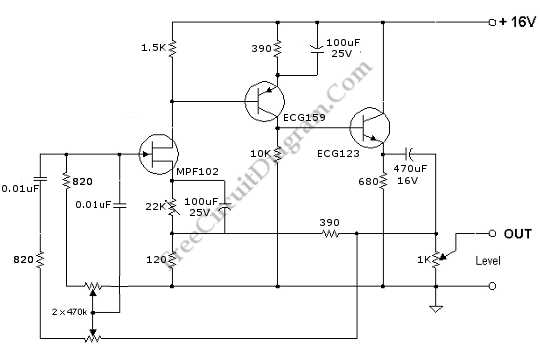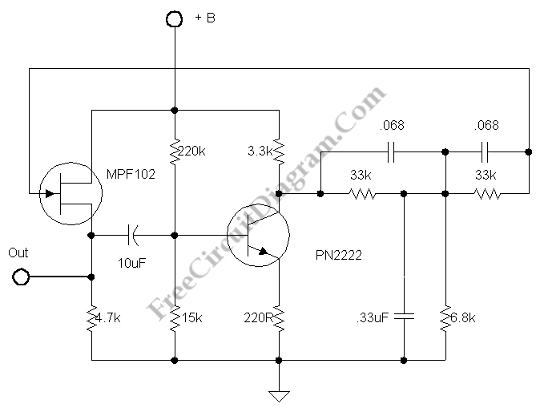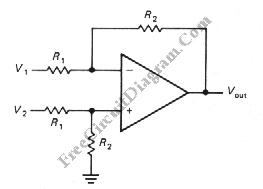Complement Phase Inverter with Single Transistor
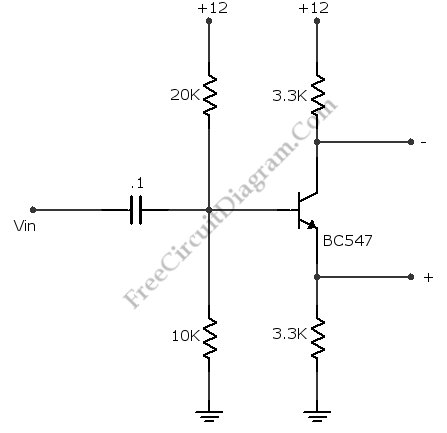
This is a complement phase inverter circuit. Sometimes this circuit called a paraphase amplifier circuit. This circuit has two output signals that is have sufficient “headroom” because this circuit is biased. The transistor will be saturated when the collector decreases, the emitter voltage increases and set the limit. Here is the circuit: This circuit can produces a peak to peak […]
Read more